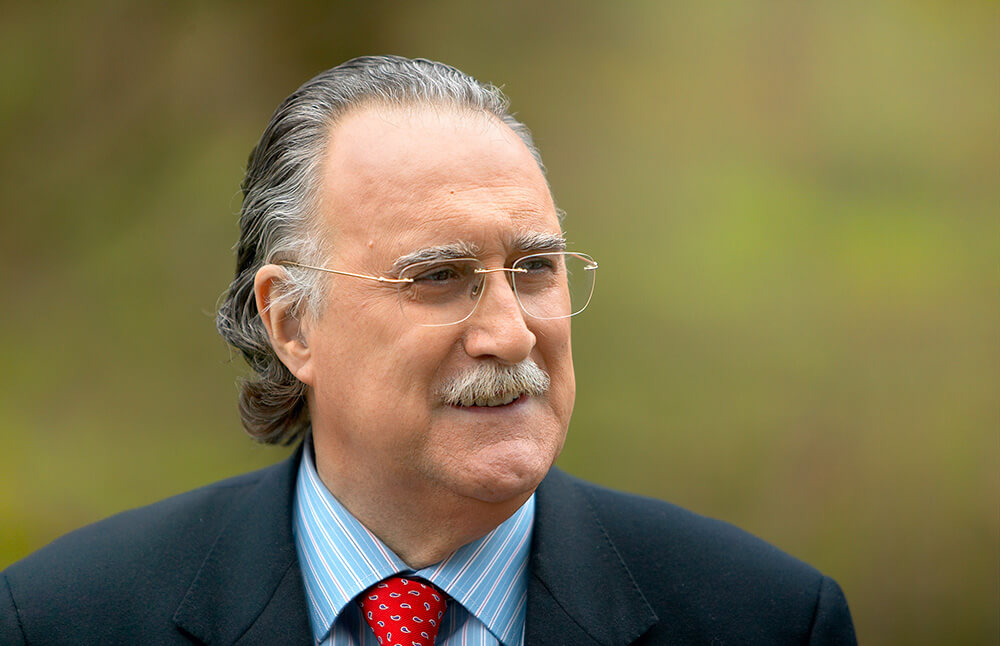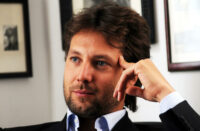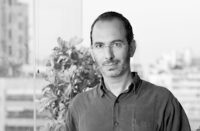ArchiTravel interviews Iñaki Azkuna, one of the most outstanding mayors in the world, for his transformation of industrial Bilbao into a cultural centre.
Interview by : Alexios Vandoros
Alexios Vandoros: Every city in the world wants to become a viable city, on a human scale if possible. How would you characterize your city?
Iñaki Azkuna: In just over two decades, Bilbao has achieved to turn his industrial ruins into new opportunity areas, which has permitted to provide the city with new facilities and green space, with a sustainable city planning from a social, economical and environmental point of view.
A.V.: What do you think is the added value that architecture creates within a city?
I.A.: Architecture is beauty and also formal evidence and immortality of a society´s history. Her valuation contributes to claim the pride and the value of that history, like a trampoline that projects us to the future without letting us forget our roots.
A.V.: What is the importance of architectural tourism in your opinion? Does your city receive this kind of tourists? Which modern architecture landmarks could place your city among the top destinations worldwide?
I.A.: Everyone visiting Rome takes a picture next to the Coliseum, and who travels to London or Paris comes back with the respective snapshots of the Big Ben and the Eiffel Tower. In every place tourists look for those objects with architectural characteristics. In Bilbao´s case the international icon is the Guggenheim Museum, and soon this will be – when it is known – the Alhóndiga (wine warehouse) of Philippe Starck. Also, the University Library of Deusto de Moneo and the University Auditorium of Álvaro Siza.
A.V.: What is the importance of architectural events worldwide? What are the profits for a city holding such kind of major events?
I.A.: These events are important per se. We all want them to be held in our cities. In general, they are attractive and create wealth, although there are some exceptions.
A.V.: Public spaces, green spaces. Is the urban environment of your city satisfactory for the people who live in it?
I.A.: I believe that the urban environment needs to be well looked after and public, green areas are part of that.
A.V.: Public transport. What kinds of public transport does your city offer to the citizens? Is this enough and satisfactory?
I.A.: Public transport is never enough. In fact, in Bilbao we have buses, trams and the metro. Line 3 is already under construction and Line 4 is being planned.
A.V.: Is the world financial crisis an opportunity for everyone to reconsider the ways that we design and construct the buildings and the urban environment?
I.A.: I believe that citizens are increasingly aware of the environment and sustainability. The crisis helps us to sharpen our ingenuity, but I think the new generations have taken a giant mental leap in this respect.
A.V.: In recent years attention turns to green urban regeneration. Do you think that it is imperative for the city or it’s just a new fashion with economic outcomes and covertly interests;
I.A.: For some, it may be a trend, but we will be paying more and more attention to green regeneration. Look, we have an advantage in Bilbao. As we are surrounded by mountains, when you look at the Guggenheim Museum, you can make out the green background of the mountains. This backs up our efforts by creating a green ring around the city.
A.V.: At the end, can you please provide your personal proposal for 10 buildings (or places) which you think as the most important worldwide that someone must visit anyway?
I.A.: I’ll tell you the two buildings that are a must in Bilbao: the Guggenheim Museum by Frank Gehry and the Alhóndiga by Philippe Starck. As regards the rest, there are more than ten in the world that I wouldn’t miss out on.
Featured Image © Iñaki Azkuna
More on : Iñaki Azkuna
About this Author : Alexios Vandoros




